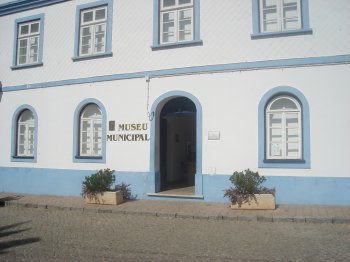Explore the best places
Heritage in Portugal
Castelo de Alandroal
- heritage
Rua Diogo Lopes Sequeira
7250-116, Alandroal
Medieval castle with a significant keep. Noteworthy in this fortification is the gate flanked by towers and a horseshoe arch made of local marble. The Torre da Cadeia and Porta Legal feature remains of Moorish architecture and Gothic tombstones commemorating the work. Located overlooking the village, from here, guests can enjoy beautiful views of the region.
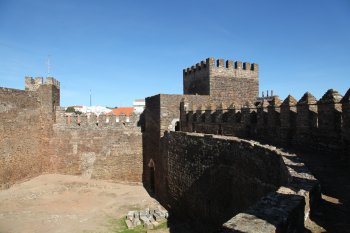
Fortaleza de Juromenha
- heritage
Juromenha
7250-242, Alandroal
Of the original Moorish castle, later renovated by King Dinis, only traces of the enclosure remain. Built during the Restoration Wars, the bastions lowered the defensive lines to the vicinity of the Guadiana River, a natural border. Of the existing buildings, the old Town Hall and the Senate House, in ruins, stand out.
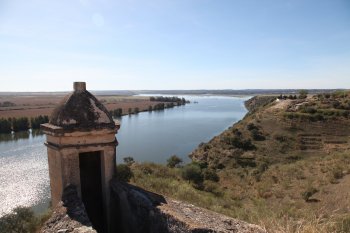
Igreja da Misericórdia de Alfândega da Fé
- heritage
Largo da Misericórdia
5350-010, Alfândega da Fé
Baroque church with a longitudinal plan, consisting of a single nave, a chancel, and a gable frontispiece truncated by a bell tower. The interior features the national-style Baroque side altarpieces and the main altarpiece.
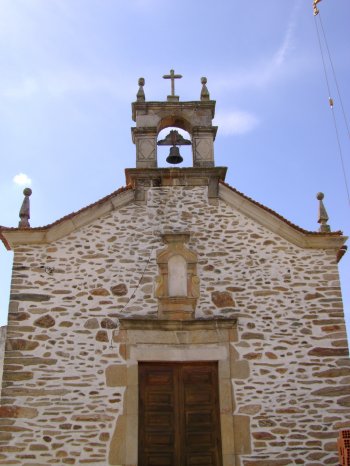
PR1 - Percurso de Vilares da Vilariça
- heritage
Colmeais
5350-431, Alfândega da Fé
A circular walking trail of approximately seven kilometers, the Burga Dam is the landmark, passing alongside it first and enjoying distant views throughout. The trail climbs the slopes of the Serra de Bornes to Monte do Carvalhal, then passes through Colmeais.
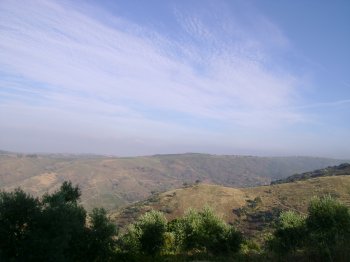
Torre do Relógio
- heritage
Rua do Relógio, 67
5350-046, Alfândega da Fé
Medieval clock tower, consisting of a quadrangular plan and a pyramidal spire roof topped by a weather vane. Served as a military tower, it underwent several renovations during medieval times.
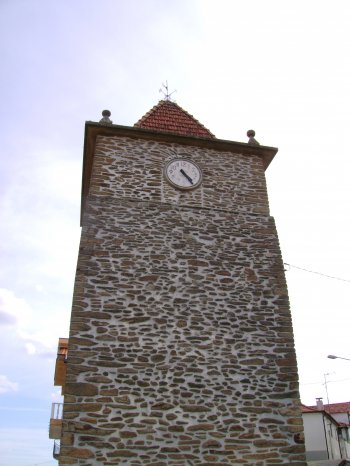
Solar dos Morgados de Vilarelhos
- heritage
Largo do Terreiro
5350, Alfândega da Fé
An eighteenth-century mansion with a U-shaped plan, incorporating a Baroque chapel. Initially, it had a longitudinal layout until wings were added in the 19th century, transforming the plan into a U. The date 1744 is inscribed on the portal.
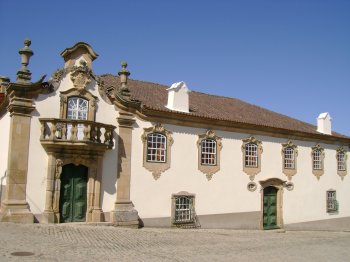
Portal de Entrada da Casa dos Mendonças
- heritage
Avenida Doutor Francisco Sá Carneiro
5350, Alfândega da Fé
Mannerist granite portal, probably built in the last quarter of the 17th century. It features a straight span with jambs flanked by two Tuscan half-columns and topped by two pinnacles and a Latin cross. It is believed to have been integrated into the wall delimiting the courtyard in the 20th century.
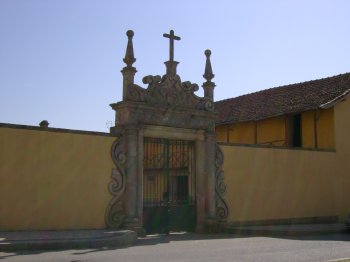
Monte da Cerca
- heritage
Gouveia
5350, Alfândega da Fé
Monte da Cerca was a fortified settlement with both residential and military functions, located on an isolated elevation overlooking Sendim da Serra, at the eastern end of the ridgeline that begins at Gouveia Castle, with which it is thought to be related. At the summit, an alignment of schist stones is visible, forming a slope that defines a line of walls that surrounded the hill. The settlement's structure and the construction of the wall date back to the Iron Age, and it was used as a defensive stronghold in the High Middle Ages. In the 20th century, part of the …
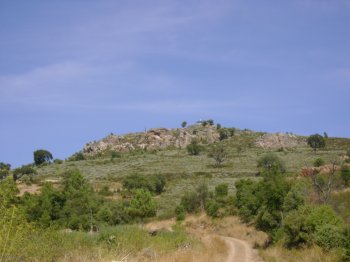
Museu do Mar e da Terra da Carrapateira
- heritage
Rua do Pescador
8670-230, Carrapateira
Located in the village of Carrapateira, this museum is a cultural space that focuses on local development and belongs to the new generation of community-focused local museums. It also addresses the issue of integrating traditional activities into the future of local communities.
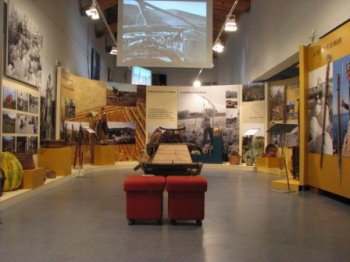
Museu Municipal de Aljezur - Núcleo de Arqueologia e Etnografia
- heritage
Largo 5 de Outubro
8670-053, Aljezur
Located in the town's historic area, more precisely in the old Town Hall, the museum has two sections. In the Archaeology section, you can see archaeological finds that marked human presence in the municipality, from the Mirense period, the Bronze Age, and the Muslim occupation. The Ethnography section houses a collection of agricultural implements. The Municipal Art Gallery is located in the same building.
